The U.S. Dollar stands as the most dominant currency in international finance. Its name is derived from “thaler,” a German term meaning “person or thing from the valley.” The dollar’s prominence stems from its position as the primary global reserve currency. It is the official currency in five U.S. territories and eleven countries, with over 65 nations securing their currencies.
We have researched various online forums to create a list of 12 facts that people should know about dollars.
Originated in 1792
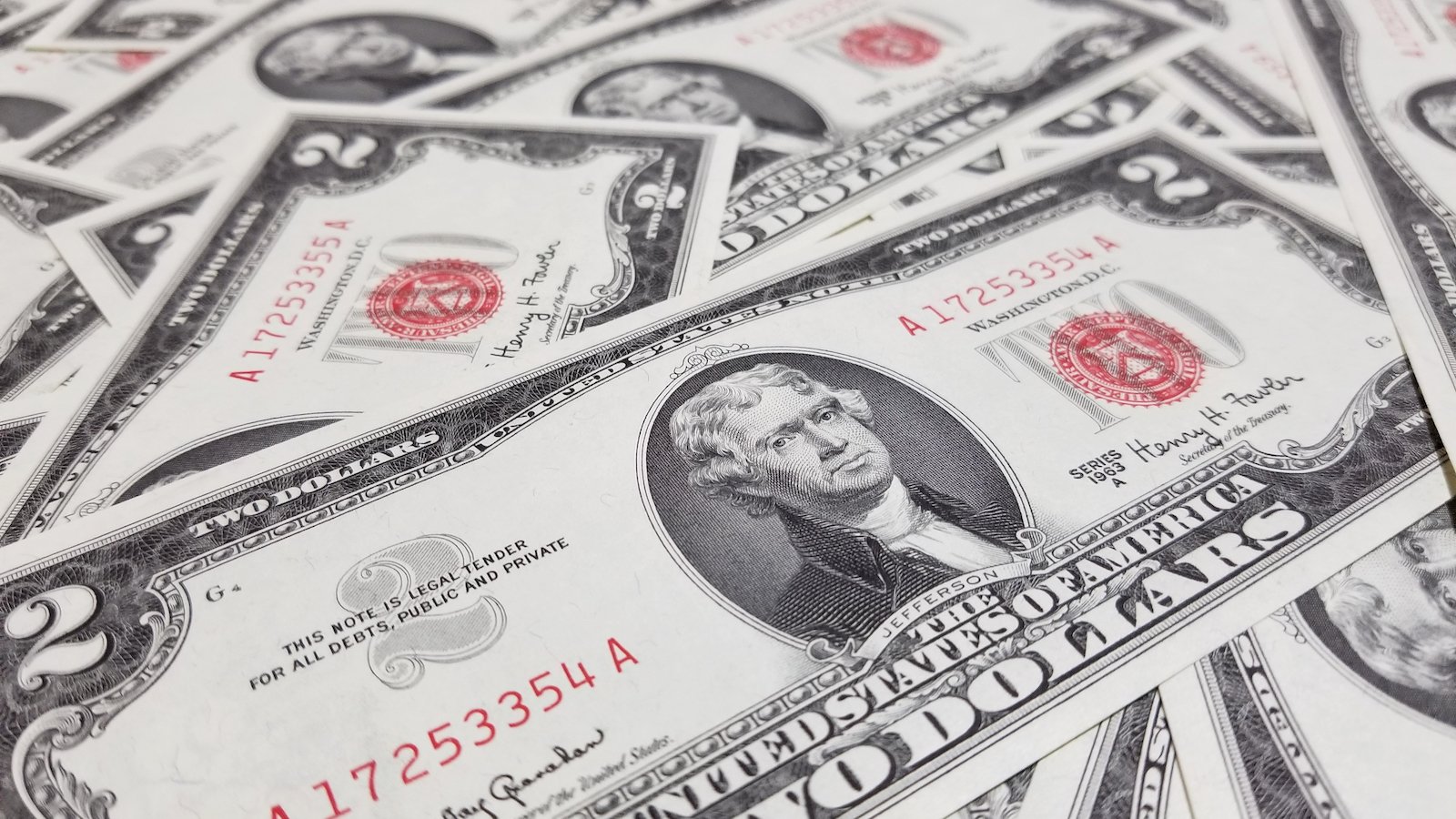
The U.S. dollar originated in 1792 when the U.S. Mint was established and became the nation’s standard unit of currency. The act introduced the dollar based on the Spanish dollar, a widely accepted currency in the Americas. It defined the dollar in terms of specific amounts of silver and gold, which eventually evolved into banknotes and became the world’s primary reserve currency due to America’s growing economic influence.
Created by Oliver Pollock
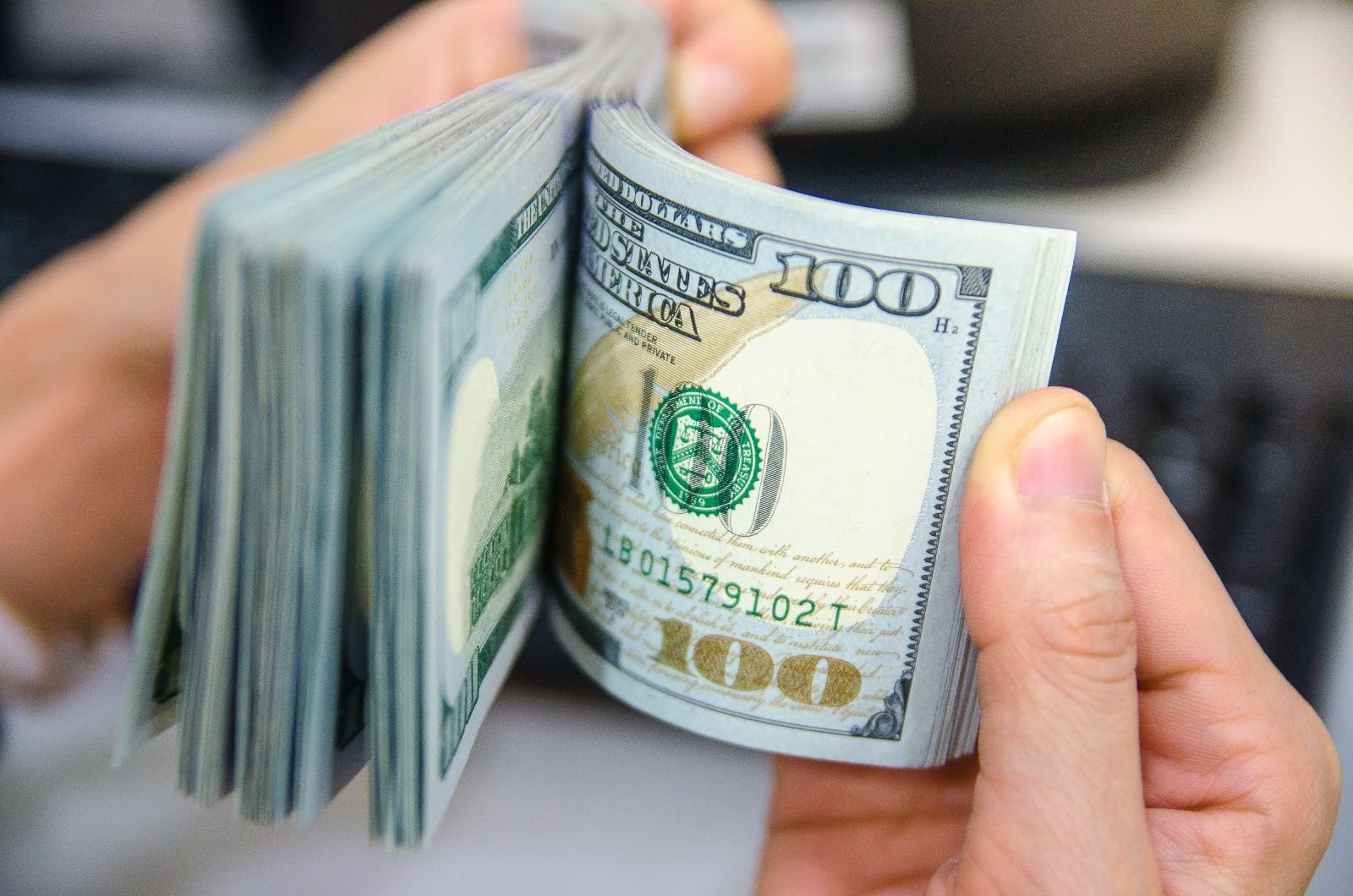
Research into 18th and 19th-century manuscripts indicates that American and Spanish scribes initially used “ps” to abbreviate Spanish pesos. Over time, this evolved into the “$” symbol, with the “S” being written over the “P.” Oliver Pollock, an Irish merchant who settled in the United States, used the SP abbreviation with the “s” and “p” intertwined to create a symbol resembling the modern dollar sign. This usage of the $ sign is recorded as early as 1778.
$100,000 Note: A Rare Denomination
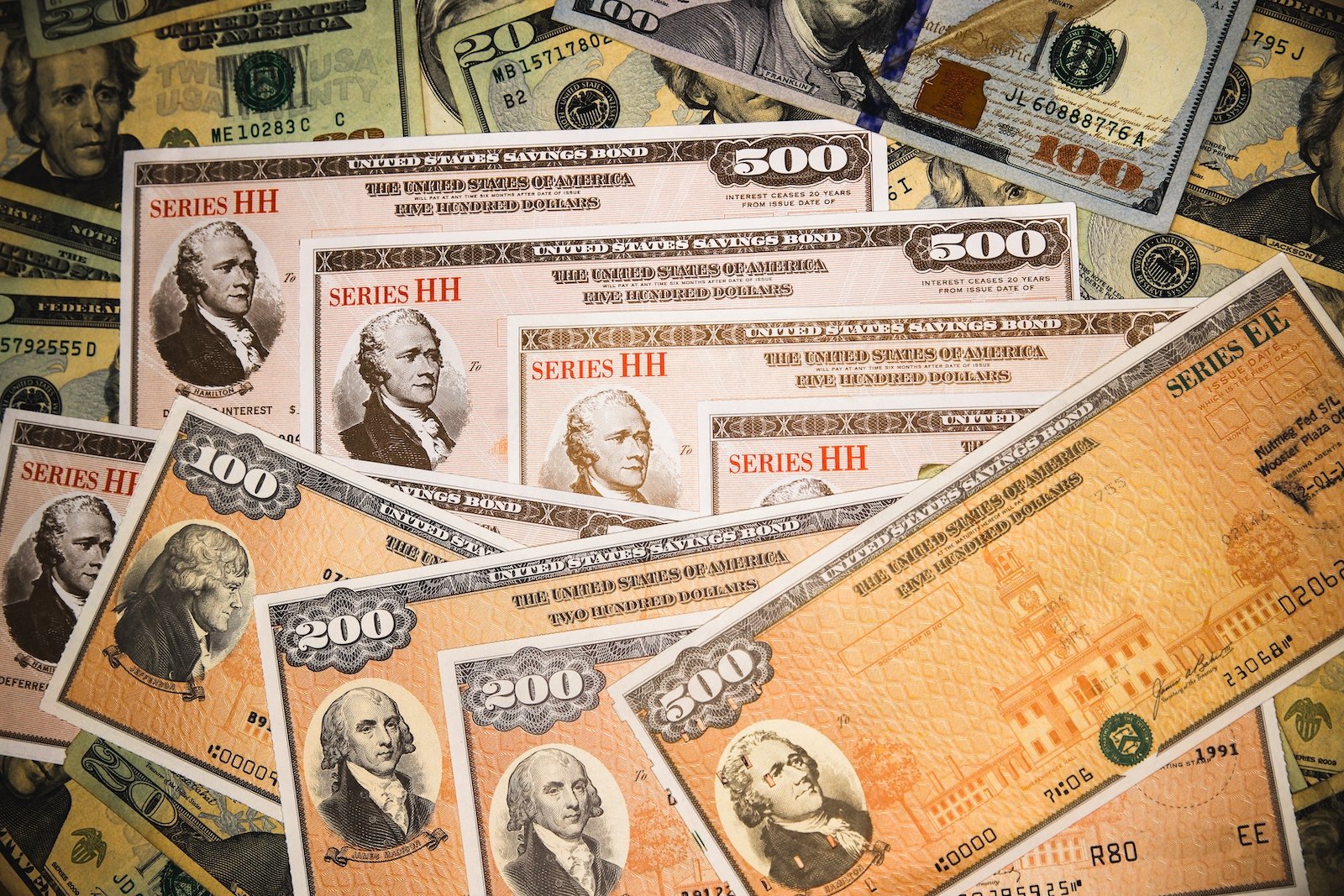
Featuring a portrait of Woodrow Wilson, the $100,000 bill was issued by the U.S. Treasury in 1934 and was solely for transactions between Federal Reserve Banks. It was never intended for public circulation and served mainly for internal banking purposes. This high-denomination note represents the Great Depression in 1934. Production ended in 1969, and today, the bill is displayed in institutions like the Museum of American Finance for educational purposes.
The Buffalo Nickel
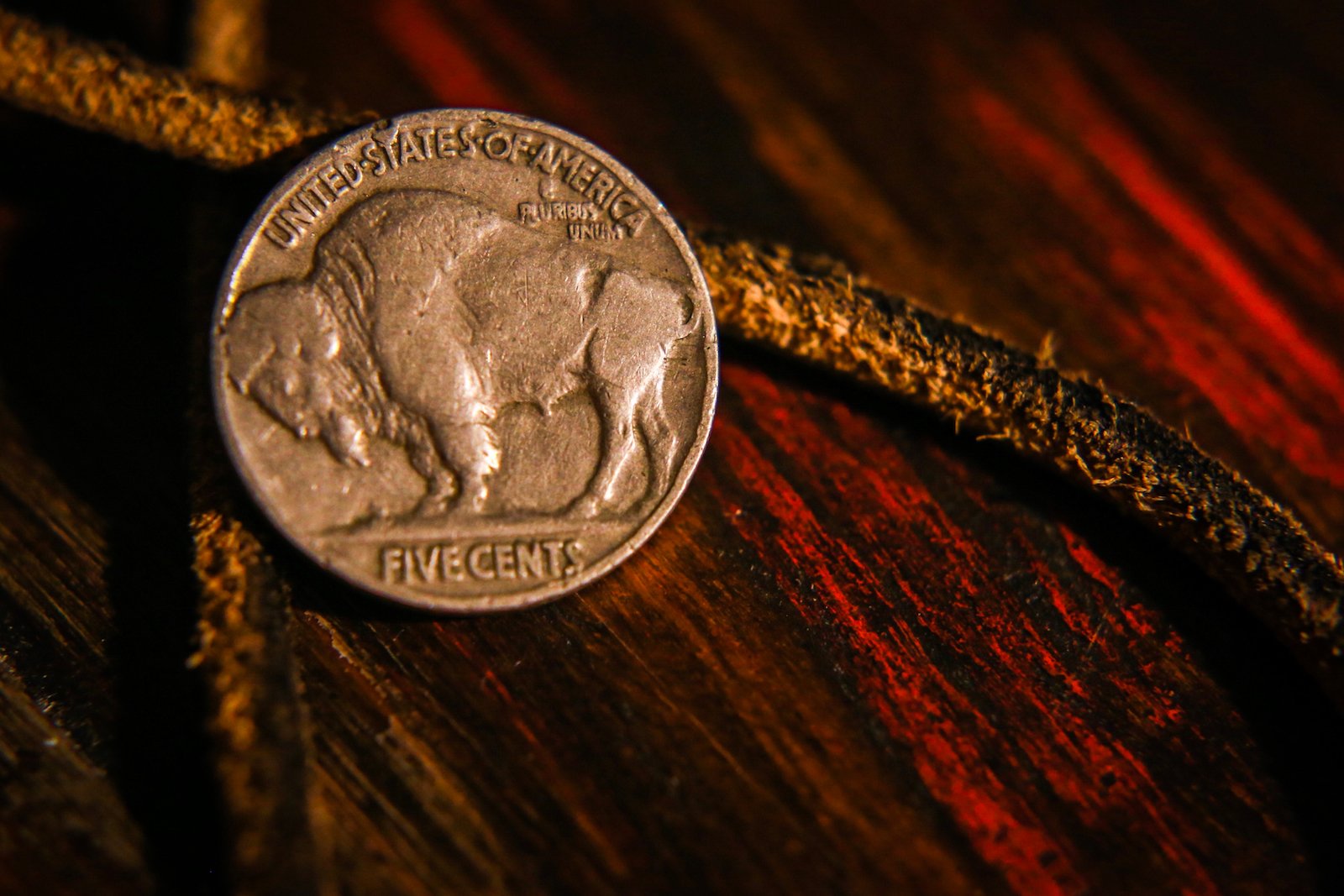
The widely recognized Indian Head or Buffalo five-cent coin (nickel) came into existence on February 22, 1913. Created by James Earle Fraser, a protégé of renowned sculptor Augustus Saint-Gaudens, the Indian Head/Buffalo nickel highlights the natural beauty of the American West. A bull bison named Black Diamond from a small Central Park menagerie served as the model for the reverse side of this nickel. While some regard Buffalo nickels as symbols of good fortune, others find them nostalgic.
Made from Cotton & Linen

Instead of paper, 75% cotton and 25% linen is combined to print the contemporary U.S. dollar notes. This blend gives the bills their distinctive feel and durability. Additionally, security features, such as embedded fibers and watermarks, are integrated into this material to prevent counterfeiting. This ensures that U.S. currency maintains its integrity and usability while also contributing to the bill’s distinctive texture and longevity.
First Person to Feature on Currency

The $1 bill did not always portray the first president. The original $1 bill featured Salmon P. Chase, a prominent politician, ex-Treasury Secretary, and Supreme Court Chief Justice. Chase oversaw the design of the first dollar bills and selected his portrait for the $1 note. While leading the Treasury Department, Chase was crucial in financing the Civil War and oversaw the establishment of the first income tax and issuing the first paper currency.
$1 Bill Redesigned
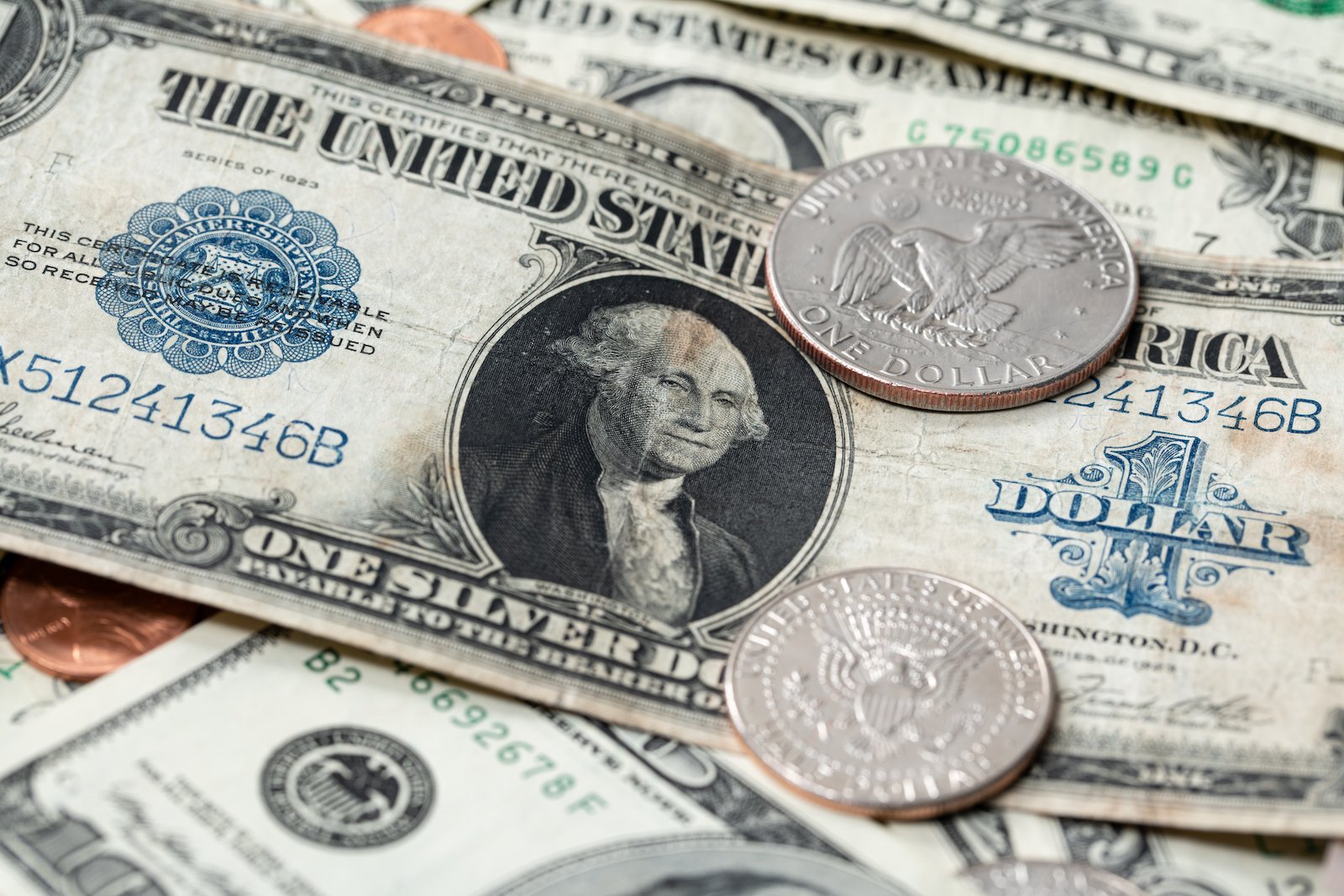
The $1 bill was redesigned in 1869 to prominently feature George Washington’s portrait in the center, along with an image of Christopher Columbus. In 1874, it was redesigned again to feature a larger, central vignette of a seated figure symbolizing “Justice” and a portrait of George Washington. This replaced the previous design, which had featured more ornate and less recognizable imagery. Additional changes in 1880 saw the red floral pattern around “WASHINGTON D.C.” replaced by a large red seal.
Recycling the Dollar
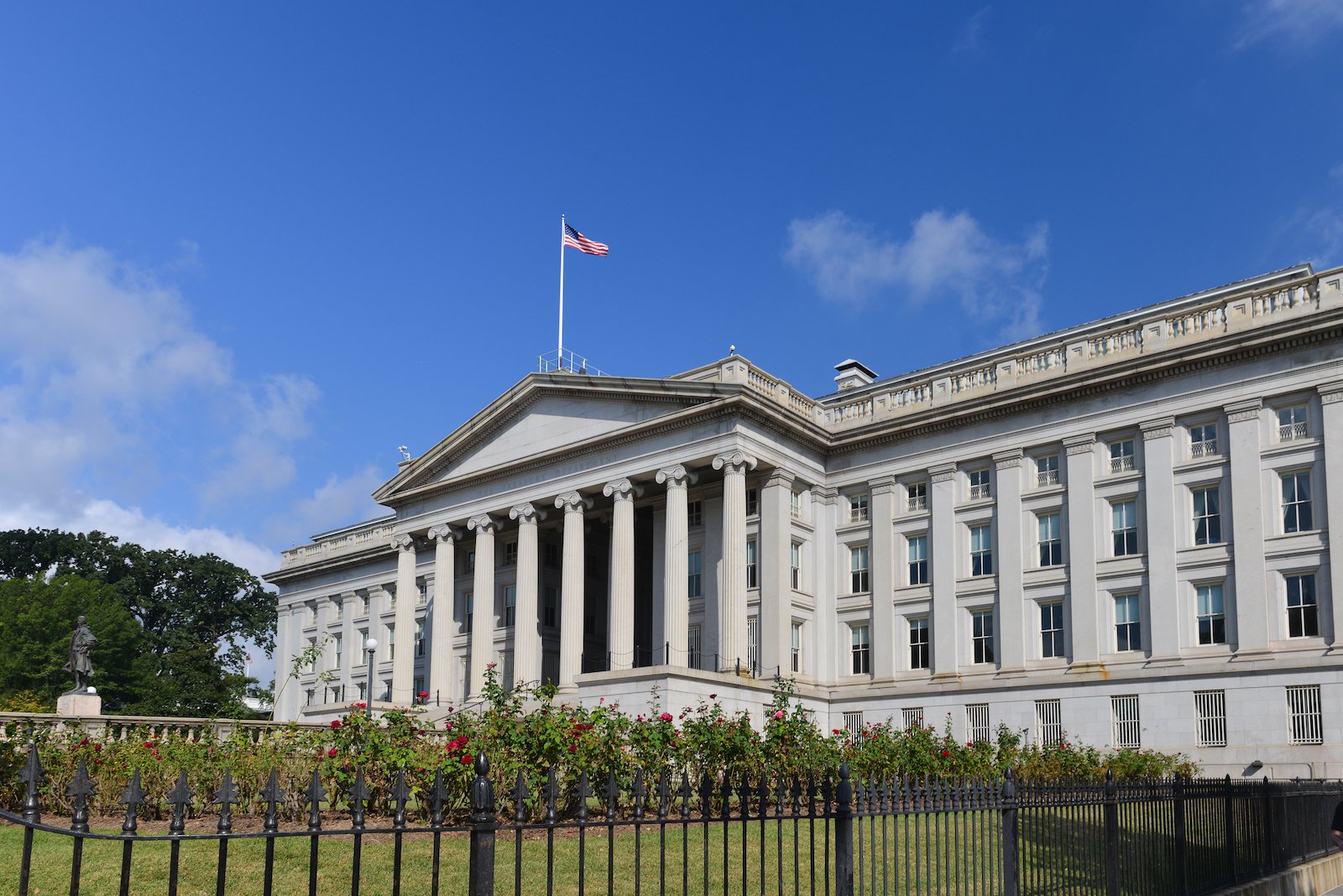
The Federal Reserve System shreds overused, worn-out, and obsolete notes and sends them to recycling companies. These companies transform the shredded currency into various building materials, such as insulation, concrete, and other construction products. This process not only guarantees the efficient disposal of worn-out bills but also supports sustainability by repurposing the materials. The recycling of old currency helps reduce waste and supports environmentally friendly building practices, making it a practical solution for managing obsolete paper money.
$20 Note has Prominence in History
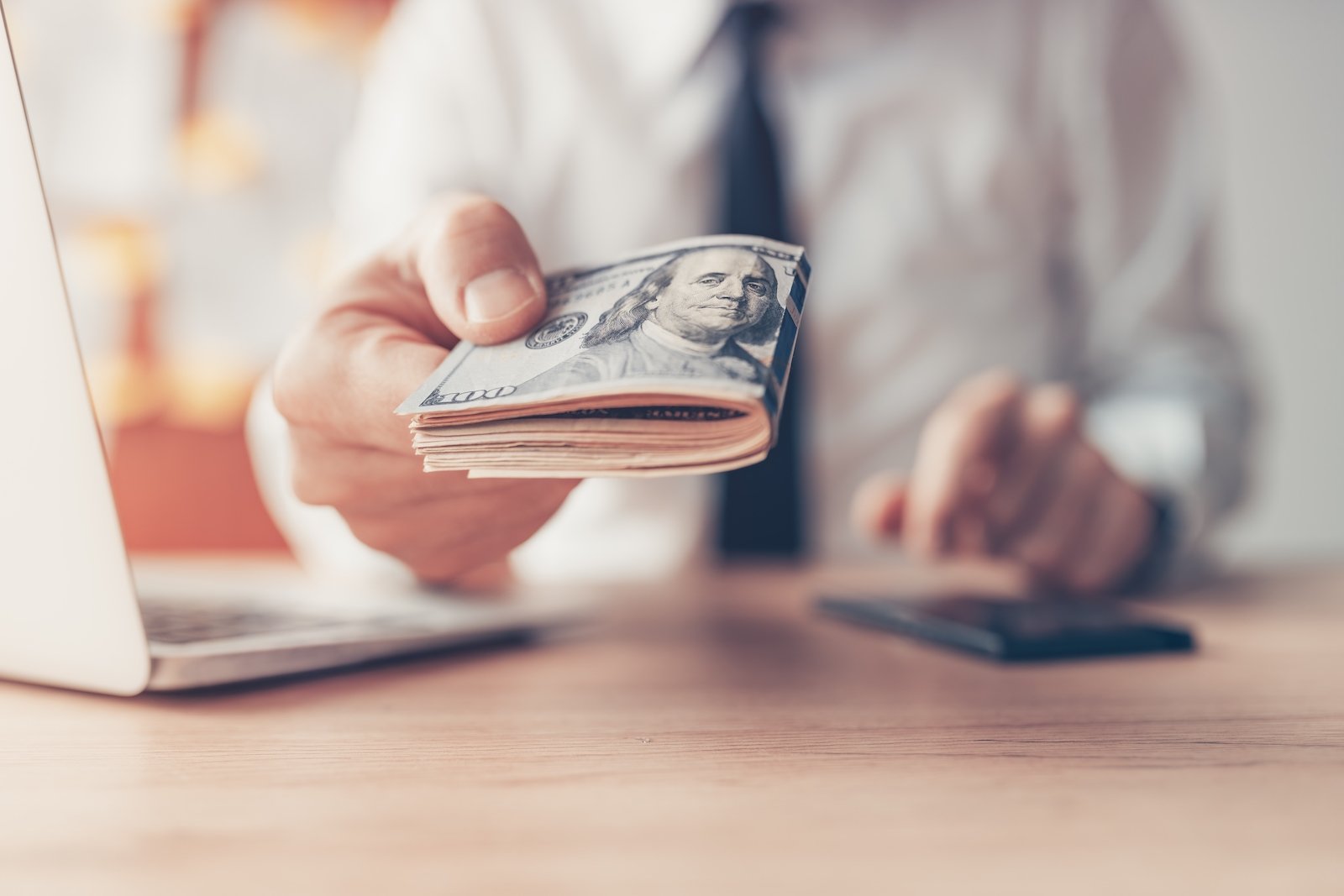
During his presidency from 1829 to 1837, Andrew Jackson championed hard money, asserting that only gold and silver were absolute forms of currency and viewing paper money as a suspicious asset controlled by corrupt financiers. Jackson appears on the $20 bill because of his opposition to the national banking system and his fight against paper currency. The decision to place him on the $20 bill is particularly ironic, considering his well-known aversion to paper money.
No Nickel in Nickel

Five-cent coins produced between 1942 and 1945 can’t be technically called “nickels” because they contained no nickel in their composition. Nickel, used to make the Jefferson nickel five-cent coin, was redirected for military needs starting in the spring of 1942 and wasn’t used in coins until 1945 after the war ended. During these years, an alloy of copper, silver, and manganese crafted nickels.
$541 Million Printed Everyday
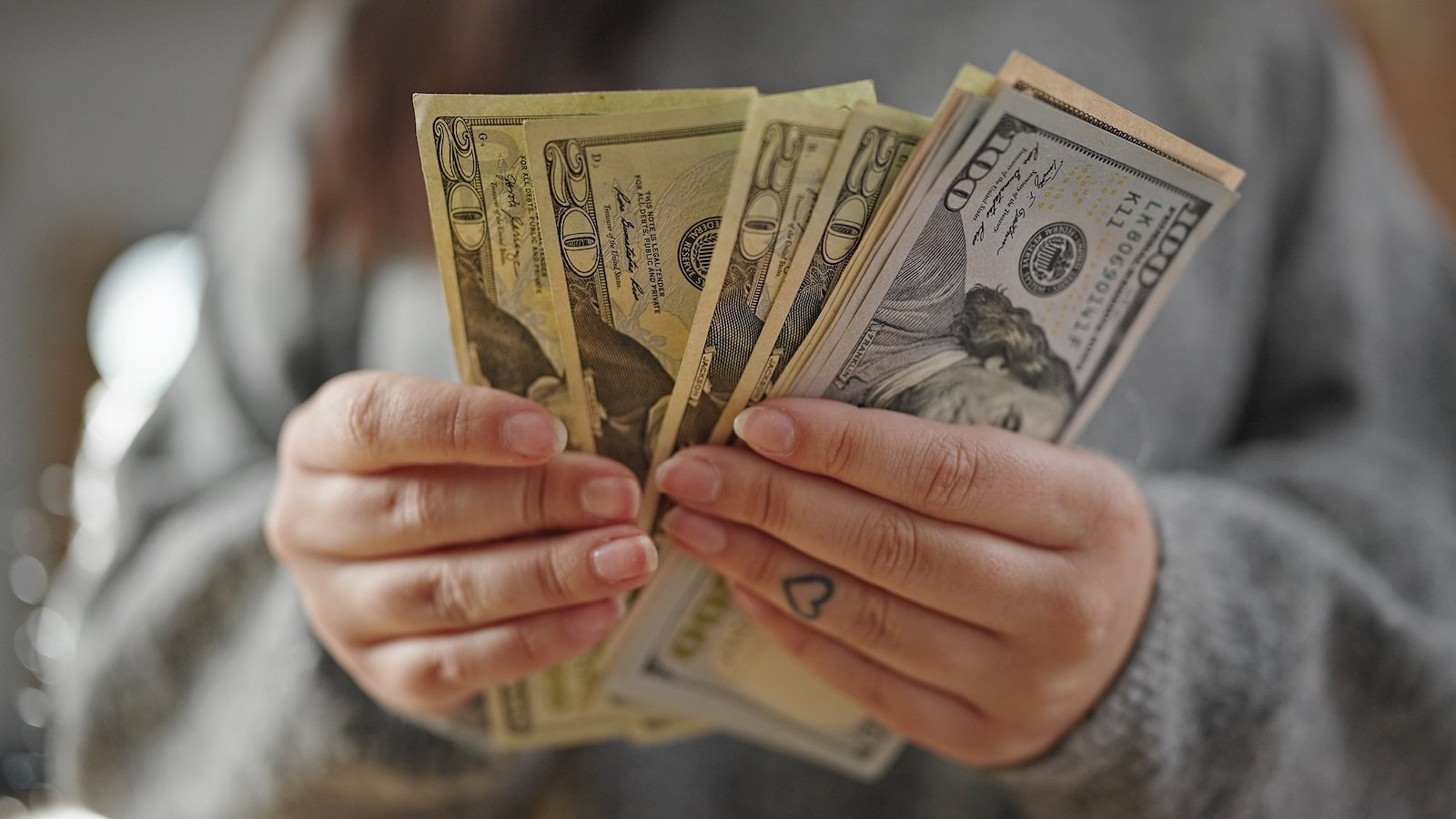
Every day, the Bureau of Engraving and Printing manufactures 38 million pieces of currency, collectively representing a face value of approximately $541 million. Annually, 95% of the currency printed is intended to replace existing notes, and 48% of these newly printed notes are $1 bills. As of 1969, the $100 note has been the largest denomination of money in circulation.
The Only Woman to feature on the USD
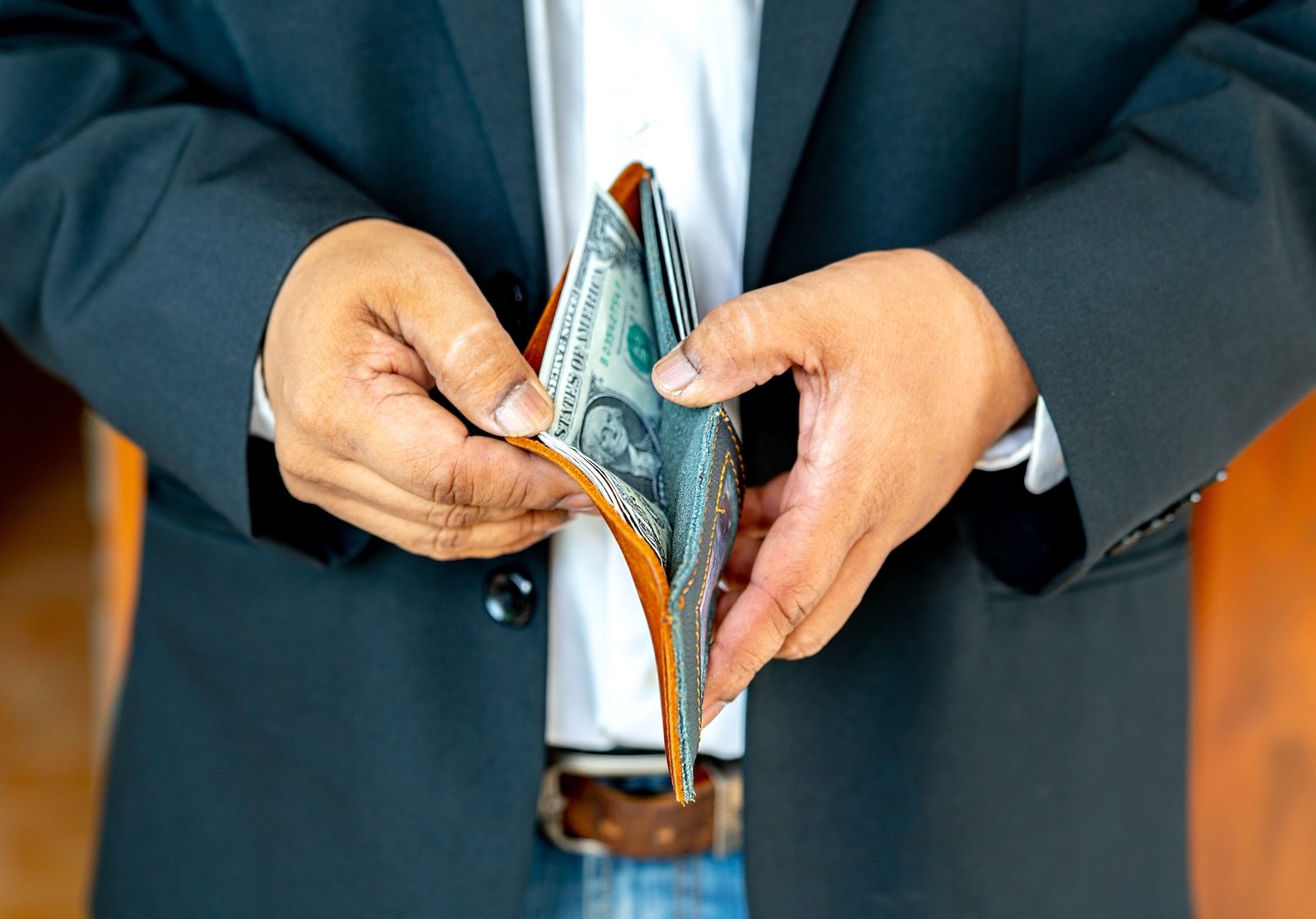
American currency has long celebrated various distinguished individuals, from presidents to founding fathers. Still, only Martha Washington, among the First Ladies, has been commemorated on U.S. money. When Martha Washington’s portrait was introduced on the $1 Silver Certificate in 1886, it was a groundbreaking event, making her the only woman ever to be featured as the central figure on U.S. paper money.


